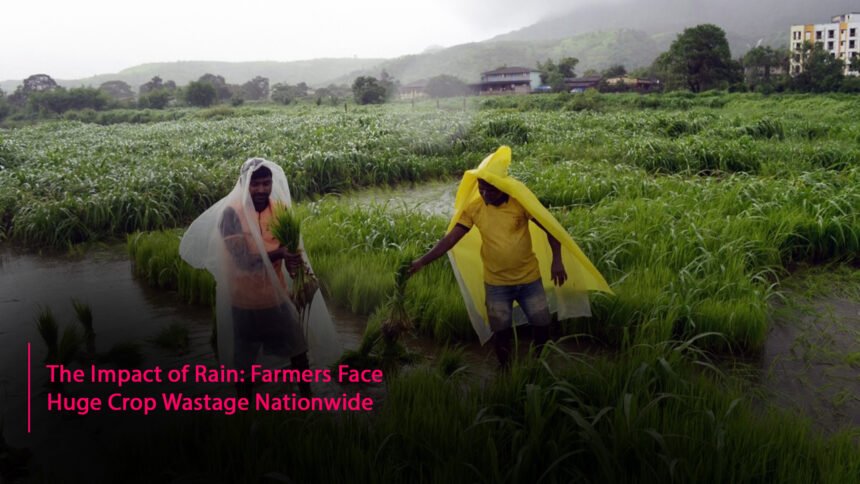According to a recent survey, more than half of marginal farmers in India have reported losing at least 50% of their crops due to extreme weather conditions. These extreme events include unseasonal rains, prolonged winters, droughts, and floods. The results are from the second Annual Survey titled “State of Marginal Farmers of India 2024,” carried out by the Development Intelligence Unit (DIU) in partnership with Sambodhi Research and the Transform Rural India Foundation (TRIF). This survey was commissioned by the Forum of Enterprises for Equitable Development (FEED), which focuses on supporting marginal farmers. This survey was commissioned by the Forum of Enterprises for Equitable Development (FEED), which advocates for marginal farmers.
The study involved 6,615 marginal farmers selected from a nationwide panel, with participants chosen based on their landholding sizes. Marginal farmers are those who own up to one hectare of agricultural land and engage in farming as proprietors, sharecroppers, or tenants.
Despite constituting the largest segment of India’s agricultural sector, marginal farmers only cultivate about 24% of the total crop area, averaging 0.38 hectares per farmer. The survey revealed that over the past five years, many farmers have experienced significant crop losses due to extreme weather. Specifically, around 50% of paddy farmers and more than 40% of wheat farmers reported losing over half of their crops consistently during this period. For other crops, between 45% and 65% of farmers faced similar losses.
In terms of financial impact, the survey indicated that marginal farmers growing paddy during the kharif season faced an income loss of approximately 72% if they owned an average landholding of 0.38 hectares. For those with landholdings between 0.40 and 1 hectare, the loss for paddy crops was about 26%. A similar trend was observed for wheat crops during the rabi season.
The survey also assessed how well marginal farmers could access government initiatives designed to mitigate climate change risks. It found that the Pradhan Mantri Fasal Bima Yojana (PMFBY) plays a significant role in enhancing agricultural resilience, with around 35% of surveyed farmers enrolled in this insurance scheme. Furthermore, nearly 83% had received government grants or subsidies through programs like Kisan Samman Nidhi directly into their bank accounts.
However, challenges remain. About 69% of marginal farmers reported a lack of cold storage facilities within a 10 km radius of their villages. While nearly half confirmed access to outlets for subsidized seeds and fertilizers nearby, only 27% stated that someone in their household had taken out a bank loan recently.
The study recommends a dual approach to water management in agriculture: creating reservoirs to store water during monsoon seasons and recharging groundwater through check dams and watersheds. Additionally, it calls for more rational allocation and efficient use of water across different crops.
In related news, Union Agriculture Minister Shivraj Singh Chouhan announced that the government would begin procuring two millet varieties from Madhya Pradesh at a Minimum Support Price (MSP) of Rs 4,290 per quintal. This decision follows his meeting with Madhya Pradesh Chief Minister Mohan Yadav and aims to support local farmers further.










